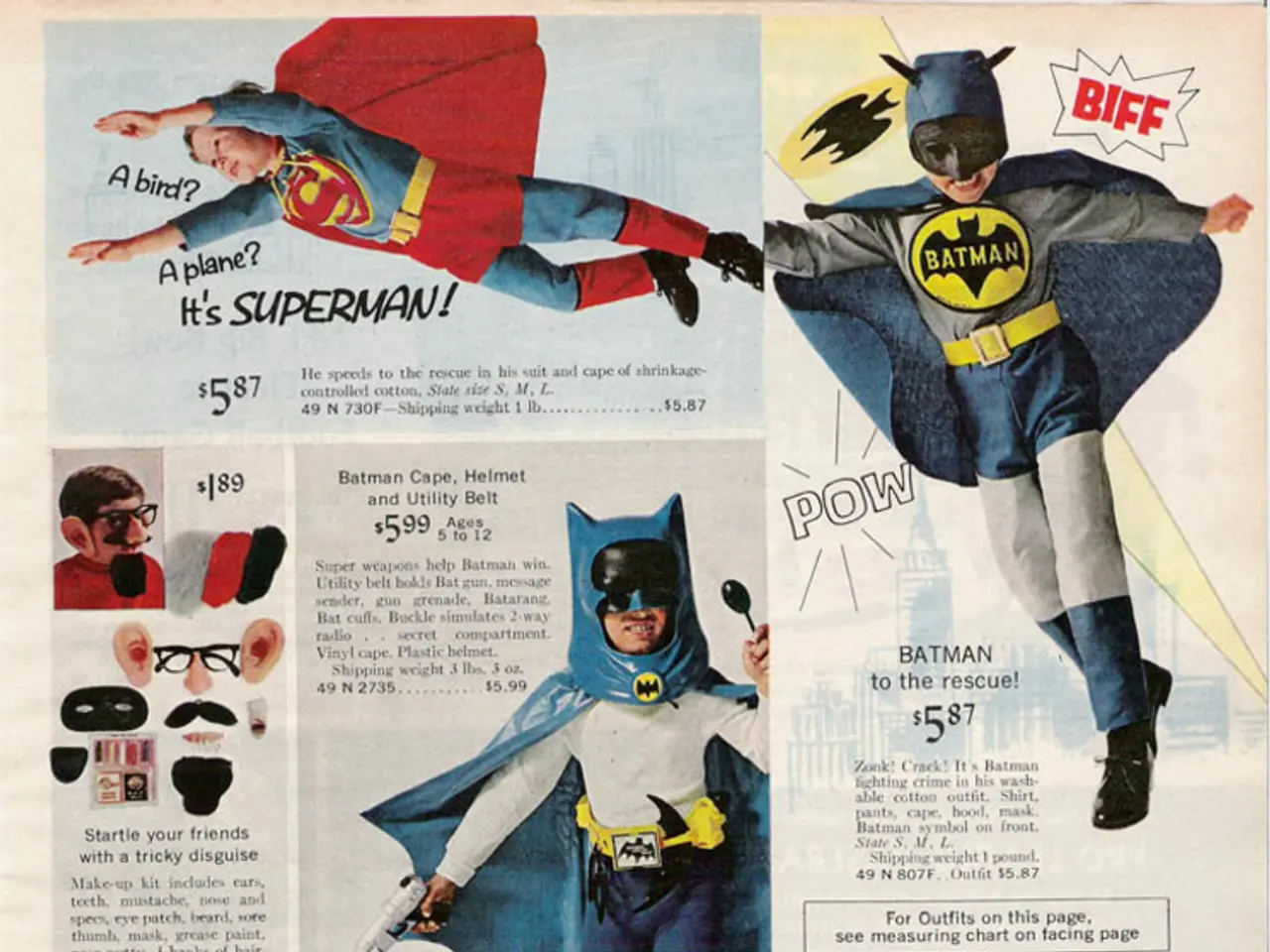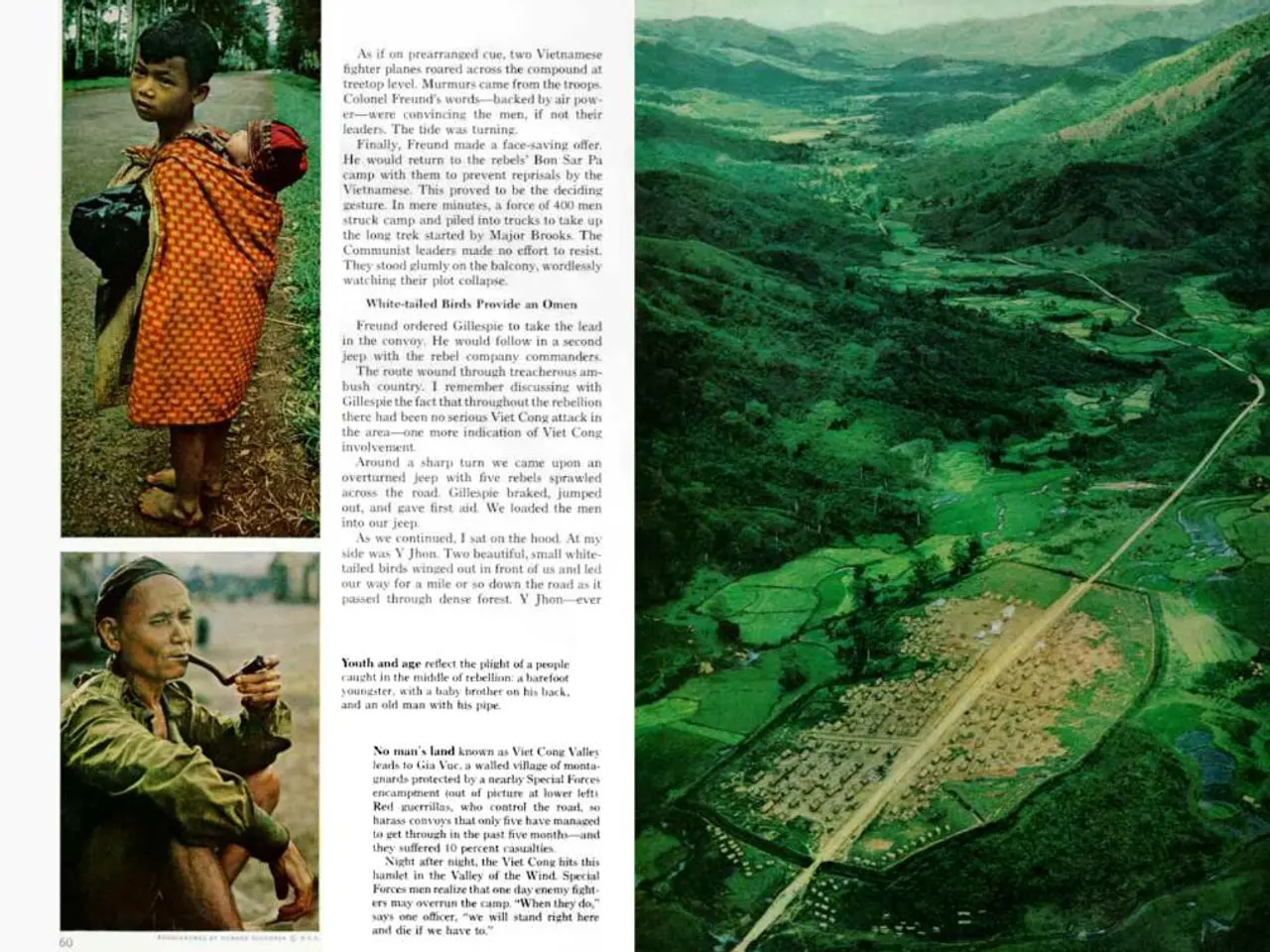Undercover Affluence: The True Spirit of Discreet Opulence
======================================================================
In the modern era, fashion houses like Hermès, Loro Piana, and The Row have built empires on craftsmanship, exclusivity, and timeless design. This shift towards a concept known as quiet luxury is due to various factors, including economic uncertainty, social media fatigue, environmental consciousness, and wealth preservation.
Quiet luxury—also known as silent luxury or stealth wealth—emphasizes understated, logo-free designs, impeccable craftsmanship, and ethical consumption. It represents a sharp pivot from the logomania and conspicuous consumption that dominated the 2000s and early 2010s.
One of the key factors behind the rise of quiet luxury is the cultural shift towards conscious consumption. Consumers, especially Millennials and Gen Z, prioritize sustainability, durability, and ethical practices in fashion, viewing luxury not as flashy status but as timeless value and quality.
The psychological desire for restraint also plays a significant role. In a world saturated with loud trends and social media showmanship, quiet luxury represents a psychological and cultural desire to show less but convey more, valuing subtlety, mystery, and personal style over attention-seeking logos or trends.
The return to craftsmanship and heritage is another driving force. This trend revives fashion’s foundational values such as impeccable tailoring, rich textures, and legacy brands that prioritize long-lasting quality over seasonal fads.
Quiet luxury extends beyond fashion to lifestyle and interiors, travel, food, and wine. For instance, in gastronomy, quiet luxury favors farm-to-table dining, heritage ingredients, and intimate settings. Craftsmanship in quiet luxury is about precision tailoring, hand-stitching, and seamless linings, often produced in small workshops using traditional techniques.
Historically, aristocrats and the old-money elite were known for their aversion to flamboyance and investment in heirlooms, tailored clothing, and refined habits. Today, wealthy consumers are beginning to self-regulate their displays of affluence, as part of what sociologist Elizabeth Currid-Halkett calls the "aspirational class" - a group that signals status not through goods, but through knowledge, wellness, education, and discretion.
Timelessness in quiet luxury is about style that outlives trends, with classic silhouettes, neutral colors, and refined details. Quality in quiet luxury is about having better, emphasizing impeccable materials like Mongolian cashmere, Egyptian cotton, and full-grain leather.
The shift to resale luxury is not only economical but deeply aligned with sustainability - a key value of the quiet luxury movement. It supports circular fashion and helps maintain the lifespan of high-quality pieces. Platforms like Vestiaire Collective, The RealReal, and Depop have enabled access to timeless luxury items at a fraction of the price.
The democratization of quiet luxury rides the wave of curated minimalism, offering an inclusive aspiration rooted not in wealth, but in wisdom. Brands like The Row, Bottega Veneta, Jil Sander, and Totème embody the quiet luxury ethos, while influencers like Matilda Djerf, Anine Bing, and Monikh Dale have built digital empires on the back of neutral tones, clean silhouettes, and polished basics.
While quiet luxury remains influential, it is evolving. Fall 2025 fashion trends indicate a shift towards “lazy luxury,” which blends the refinement of quiet luxury with greater comfort and nonchalance, signaling that the aesthetic is dynamic rather than static. Meanwhile, the expansion of quiet luxury extends to interior design, where the 2025 trend is toward colorful quiet luxury—rich, subtle tones combined with high-quality materials to create spaces that feel intimate and timeless rather than monochrome minimalism.
In summary, quiet luxury's rise results from a growing collective move towards authenticity, sustainability, and understated elegance, emphasizing quality and subtlety as the new markers of cultural and economic status in 2025, with ongoing evolution reflecting new nuances of luxury expression.
- The shift towards quiet luxury in fashion extends to other aspects of lifestyle, such as lifestyle and interiors, travel, food, and wine.
- In the realm of education and self-development, the aspirational class signals status not through goods, but through knowledge, wellness, and discretion.
- The evolution of quiet luxury is reflected in the emergence of trends like "lazy luxury," which blends the refinement of quiet luxury with greater comfort and nonchalance.
- In the realm of home and garden, the 2025 trend in quiet luxury interior design is towards colorful quiet luxury—rich, subtle tones combined with high-quality materials to create spaces that feel intimate and timeless rather than monochrome minimalism.




